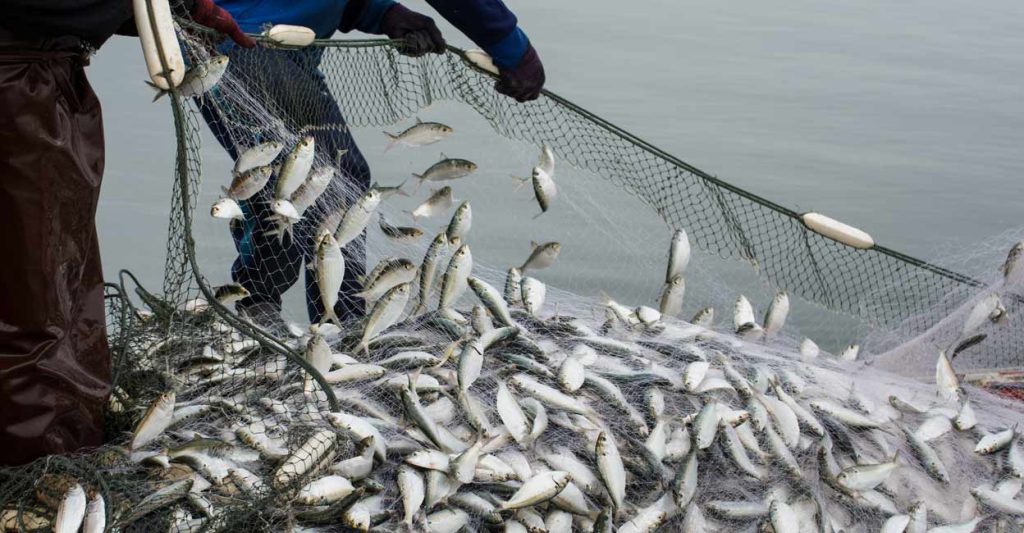The ICAR-CMFRI research concluded that India’s carbon footprint is substantially lower than the global average of more than 2 tonnes of carbon emission per tonne of fish, with 1.32 tonnes of carbon dioxide generated per tonne of fish.
According to study conducted by the Central Marine Fisheries Research Institute (CMFRI) of the Indian Council of Agricultural Research (ICAR), India’s marine fisheries industry has a carbon footprint that is far lower than the world average. The country’s carbon emissions from the marine mechanised fisheries industry are 16.3% lower than the global average, according to Dr. A Gopalakrishnan, director of ICAR-CMFRI.
India’s carbon footprint is considerably smaller than the global average of more than 2 tonnes of carbon emission per tonne of fish, with 1.32 tonnes of CO2 (carbon dioxide) generated per tonne of fish. The CMFRI stated in a statement, “This is the evaluation of the greenhouse gas (GHG) emissions from overall sector operations, from pre-harvest through commercialization, by converting it into CO2 equivalent.
The research was present during a meeting of the National Innovations in Climate Resilient Agriculture (NICRA) of the ICAR fisheries component review, which conducted on Sunday in Kochi. Pre-harvesting, harvesting, and post-harvesting were the three stages into which the study’s fishing-related activities were divide at chosen fishing centres throughout the nation’s coastal states.
ICAR-CMFRI :

According to the study, the CMFRI discovered that the harvest phase (active fishing) in the nation consumed more than 90% of the fuel used in the industry and produced 4,934 million kg of CO2 annually.
Aiming to address vulnerable parts of the nation, the NICRA research project examined the effects of climate change on agriculture, including crops, cattle, horticulture, and fisheries. It also developed and promoted technologies that are climate resilient.
According to Dr. Grinson George, Senior Scientist at CMFRI, changes in marine ecosystems have resulted in the extinction of certain fish species and the development of new species as a result of factors such as sea level rise, increasing cyclone activity, and warming of the Indian Ocean.
The CMFRI recognised cyclone propensity, flood propensity, shoreline alterations, heat waves, and sea level rise as important hazards that might endanger coastal life in its attempts to analyse the dangers of climate change in the coastal zone. Dr. George stated that efforts made to create a coastal climate risk atlas that would identify risk regions, hazards, and vulnerabilities in all Indian coastal districts.
The CMFRI listed sea level rise, shoreline alterations, heat waves, flood risk, and cyclone proneness as the main dangers that might endanger coastal life in its attempts to analyse the risks of climate change in the coastal zone. The development of a coastal climate risk atlas that identifies areas of risk, including dangers and vulnerabilities, in all Indian coastal districts is ongoing, Dr. George said.

